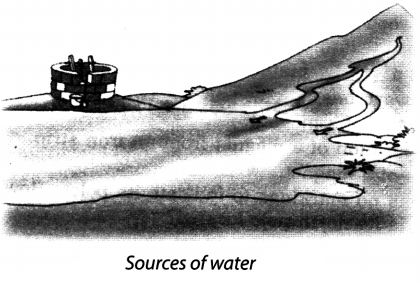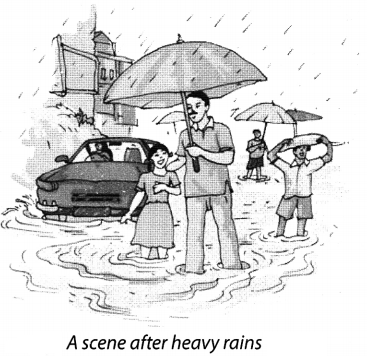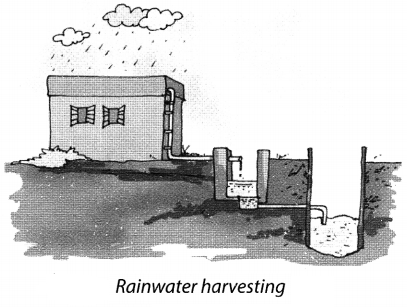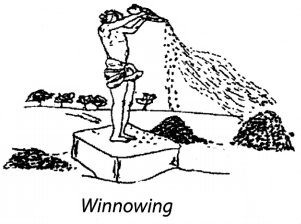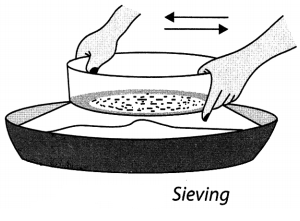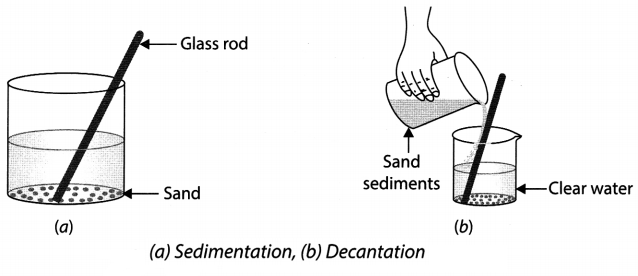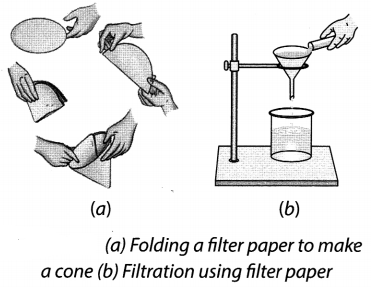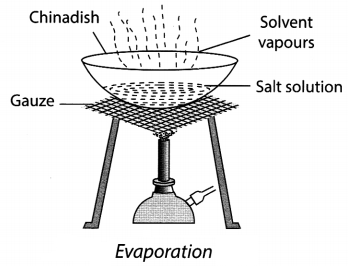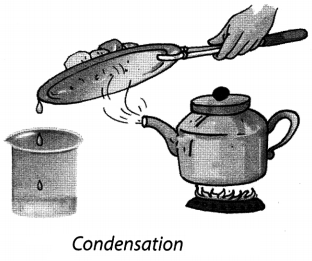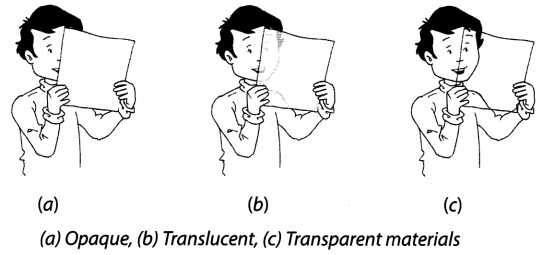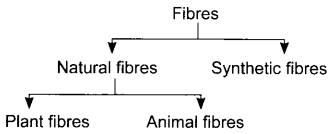NCERT Class 6 social science Notes Pdf free download provided gives you an overview of the respective chapter and prepared in a manner that every concept is covered as per the syllabus guidelines. NCERT Notes for Class 6 social science Geography, History and Civics Standard are very effective for students to have last minute quick revision. Download the required study material from the resources available here and score higher grades in your exams.
NCERT Class 6 Social Science Notes
NCERT Class 6 Geography Notes
Notes for Class 6 Social Science Geography: The Earth: Our Habitat
- The Earth in the Solar System Class 6 Notes
- Globe Latitudes and Longitudes Class 6 Notes
- Motions of the Earth Class 6 Notes
- Maps Class 6 Notes
- Major Domains of the Earth Class 6 Notes
- Major Landforms of the Earth Class 6 Notes
- Our Country India Class 6 Notes
- India Climate Vegetation and Wildlife Class 6 Notes
NCERT Class 6 History Notes
Notes for Class 6 Social Science History: Our Pasts – I
- What, Where, How and When? Class 6 Notes
- On The Trial of the Earliest People Class 6 Notes
- From Gathering to Growing Food Class 6 Notes
- In the Earliest Cities Class 6 Notes
- What Books and Burials Tell Us Class 6 Notes
- Kingdoms, Kings and an Early Republic Class 6 Notes
- New Questions and Ideas Class 6 Notes
- Ashoka, The Emperor Who Gave Up War Class 6 Notes
- Vital Villages, Thriving Towns Class 6 Notes
- Traders, Kings and Pilgrims Class 6 Notes
- New Empires and Kingdoms Class 6 Notes
- Buildings, Paintings, and Books Class 6 Notes
NCERT Class 6 Civics Notes
Notes for Class 6 Social Science Civics: Social and Political Life – I
- Understanding Diversity Class 6 Notes
- Diversity and Discrimination Class 6 Notes
- What is Government Class 6 Notes
- Key Elements of a Democratic Government Class 6 Notes
- Panchayati raj Class 6 Notes
- Rural Administration Class 6 Notes
- Urban Administration Class 6 Notes
- Rural Livelihoods Class 6 Notes
- Urban Livelihoods Class 6 Notes
We believe the information shared regarding the NCERT Notes for Class 6 social science & Study Material has aided in your preparation. If you need any further assistance do leave us a comment and we will get back to you at the earliest possible. Stay tuned to our site for more information on Class 6th SST social science Notes, Study Materials, and other preparation related stuff.

